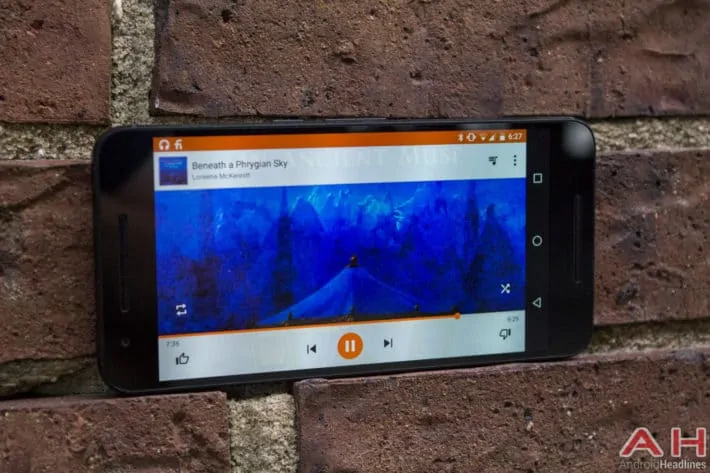Over the last day or two, numerous reports have been coming through in regards to Android 6.0 (Marshmallow). This is largely thanks to more information now becoming available as the two Nexus devices have finally reached their ‘available’ status. As well as all the hands on details that are becoming known, Google also updated its Compatibility Definition Document over the last few days, which explains in much more detail how specific components of Android 6.0 (marshmallow) is supposed to work.
In short, the Compatibility Definition Document is Google’s dos and don’ts when it comes to developers and Android 6.0. Although, not everything in the document is designed as a MUST (must be adhered to), all of the details do come with various levels of guidelines, which developers (and manufacturers) would do well to follow. For instance, yesterday we heard Doze should not be modified, while those looking to make use of fingerprint technology have quite the list of guidelines they should follow. Now, we are hearing more about the use of audio on Marshmallow, more specifically, low latency audio.
Latency, is commonly understood as the delay which might be experienced between a signal being sent and received and is an issue which has plagued mobile devices (not just Android) for some time. The goal is to reduce the level of latency as much as possible, so the lower the latency, the better. However, there are a number of issues which can affect latency. For instance, the API in use will have an effect, as will the processor in use on an particular device. Therefore, Google has released specific details on what developers should do when looking to best utilize “Professional Audio” and mitigate against latency issues. As such, the guidelines won’t offer much information for those who are not technically-minded as it does focus on the hardware aspects quite a lot, with suggestions like “If the device includes a 4 conductor 3.5mm audio jack, the device implementation is STRONGLY RECOMMENDED to comply with section Mobile device (jack) specifications of the Wired Audio Headset Specification (v1.1)“. However, what is clear is that Google is making a stance to improve the level of audio and reduce latency as much as possible with these guidelines, which likely will be beneficial to everyone who owns a device running on Marshmallow. Of course, this is something which is often noted with many of the major Android OS updates, so only time will tell if there is a marked improvement this time around. Either way, those interested can read the full guidelines on Professional Audio by heading through the source link below (page 33 for quick reference).

